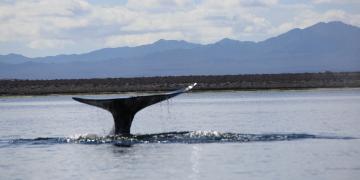Building trust with the community and local partners
Selection of adaptation measures
Support information on how to adapt an activity according to ecological, social and climatic conditions (Brazil nut case)
Conservation agreements
Transfer of knowledge to local governments and uptake of measures
